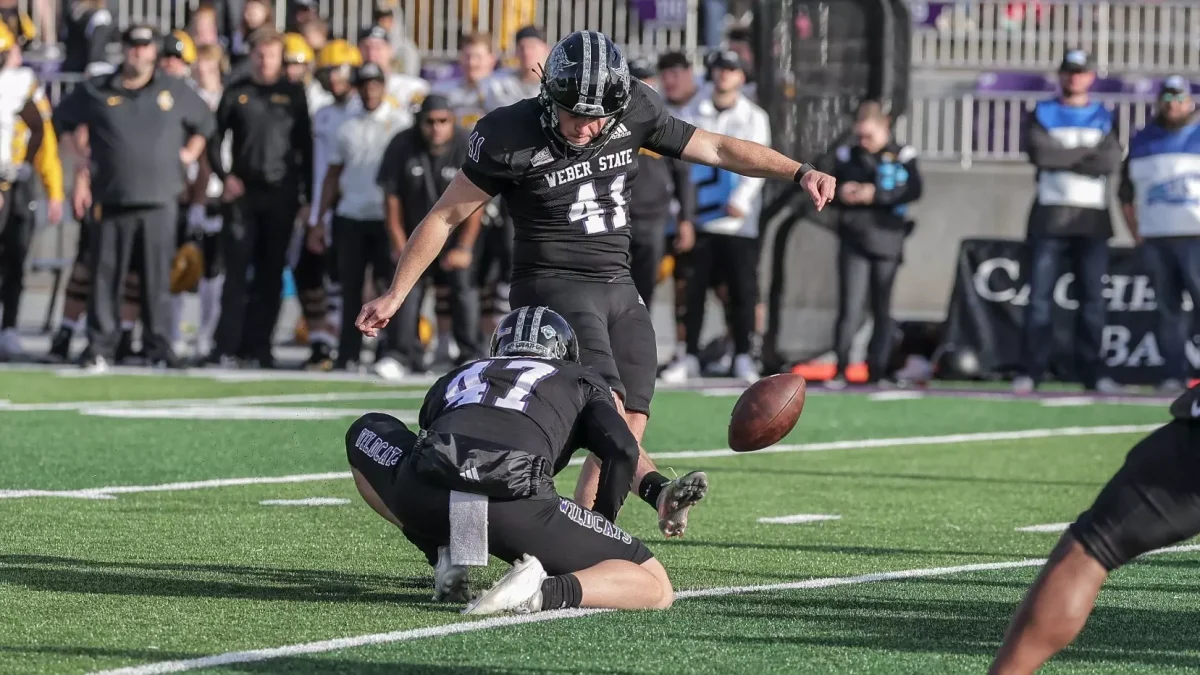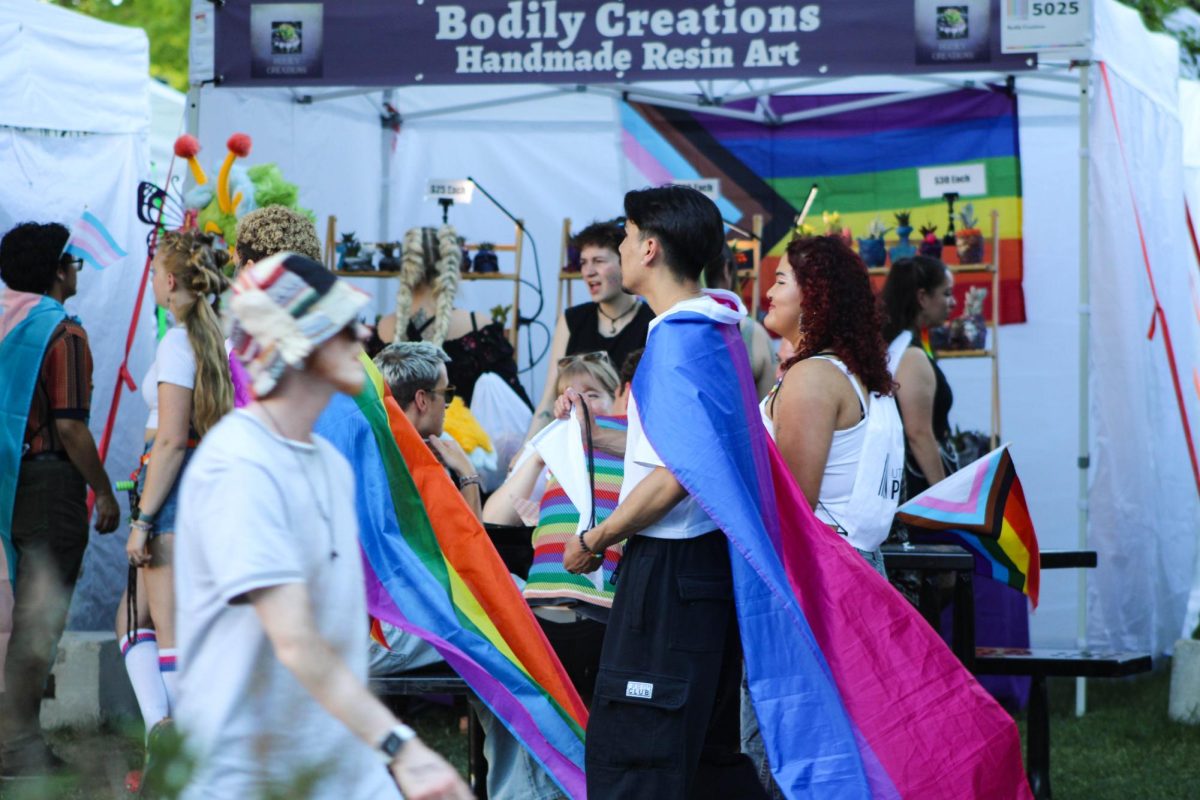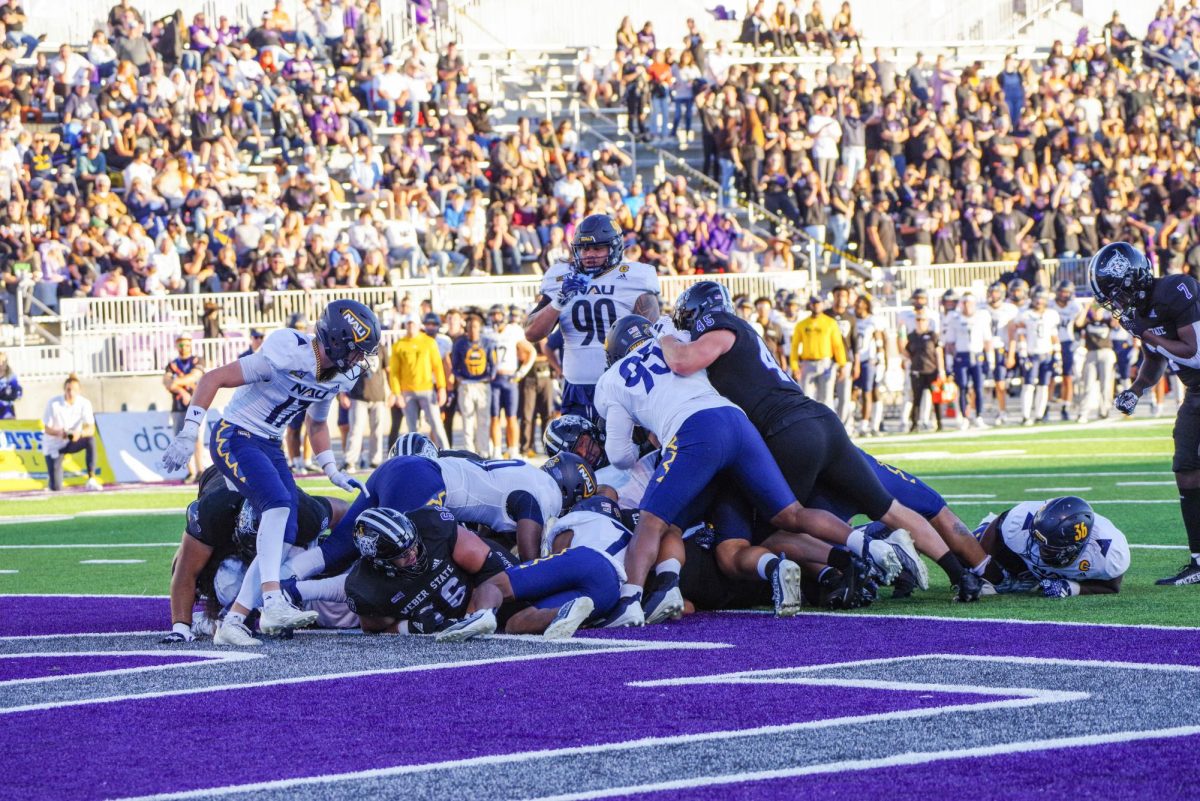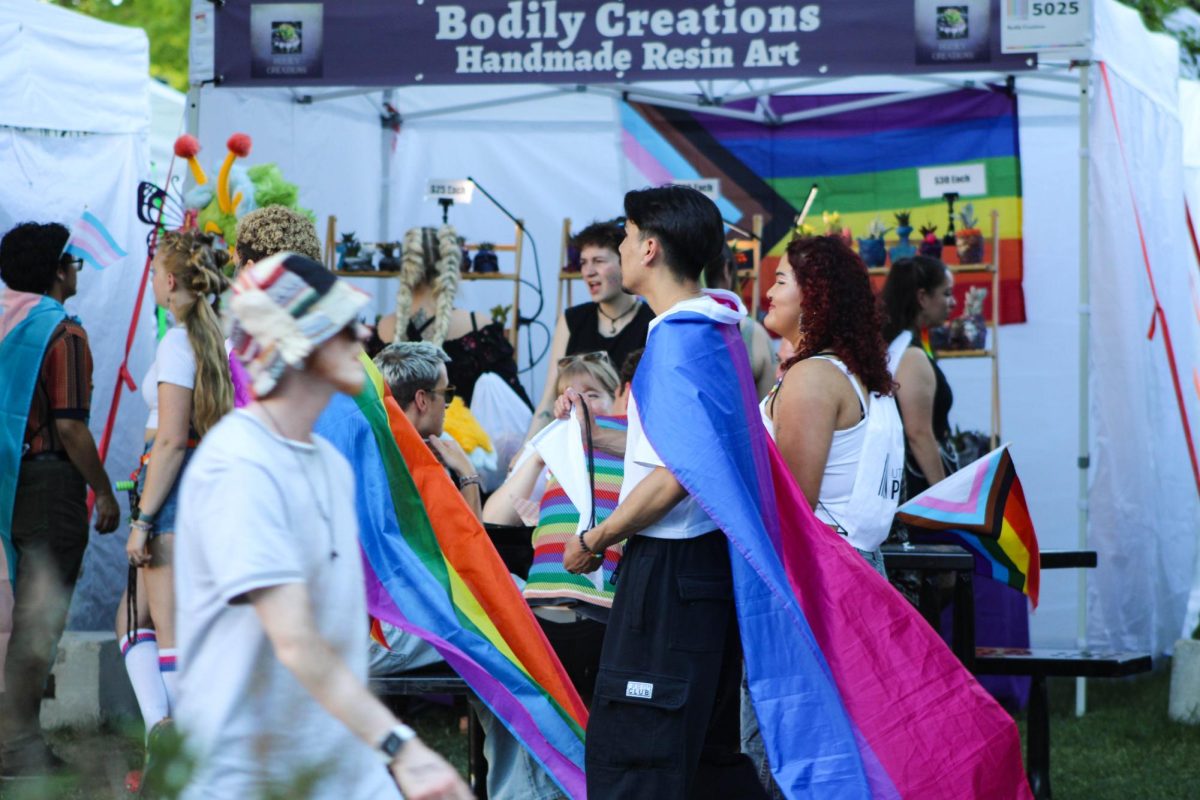Weber State University may not seem to be a pool for diversity, since less than 1% of the student population, or 268 students in 2020, is comprised of international students, according to the WSU Institutional Research forum. However, when accounting for each person’s diverse background in race, ethnicity, religious beliefs, education and social class, WSU students, faculty and staff have a rich culture.
According to Institutional Research, the largest self-identified race population on campus was white, with 22,018 students in fall 2020. The second-largest ethnic population was Hispanic/Latinx, as identified on the survey, with 3,265 students. Over 2800 students were either two races or marked as unknown in the institutional research. This number makes up only 9.65% of the student population.
Part of the WSU mission, which was revised with the strategic plan and put into place this year, emphasizes a specific goal centered on equity, diversity and inclusion.
The five-year strategic plan states that Weber State values every individual, collective excellence and transforming experiences, and Weber will embrace “all identities through the promotion of belonging, creativity, uniqueness and self-expression.”

Adrienne Andrews, assistant vice president for diversity and chief diversity officer, was a key part of developing the strategic plan along with the Utah System of Higher Education.
Andrews confirmed that there are many components of diversity, but what the university is really trying to focus on is the harmony of diversity, equity and inclusion.
“What we are looking at is ways to understand the things that make us unique, so one, we better understand each other, and two, understanding how those uniquenesses may be impacted, positively or negatively, by policies, by procedures and seeing how those things impact decision making, resource allocation, etc.,” Andrews said.
WSU hopes to fill these gaps and to help add to the ideas on the college campus so individuals can correct their unintentional or intentional biases, according to Andrews.
The Institutional Research profile shows that from fall semester 2019 to 2020, most racial and ethnic groups on campus dropped in numbers. The Hispanic/Latinx student population went from 3,357 students to 3,265 students in 2020. International students went from 322 in 2019 to 268 in 2020. However, these numbers may not be reflective of diversity and inclusivity because of the ongoing COVID-19 pandemic.
Kayla Griffin, diversity and inclusivity programs coordinator, said she is proud of how Weber State celebrates diversity and the work people are putting in to have important conversations.
Even during her short time at Weber, Griffin said she has been proud of how faculty has applied a social justice lens to their curriculum.
“Do we have places to grow? Absolutely. But in terms of our faculty and staff, which is what I see the most of, it’s amazing,” Griffin said. “And even our students are already talking about issues that normally don’t get talked about.”
Griffin said that while students are having important conversations with their peers and professors, WSU can work on mitigating microaggressions. She said people often don’t make these microaggressions on purpose, but rather through compliments that are racist or have a racist history. She wants to see students learn about language and sayings and how we can overcome them.
“For me, diversity is about inclusivity for all walks of life,” Griffin said. “Everyone is diverse in their own way and it’s recognizing the things that make us different while allowing that difference to occur in the same space.”

WSU features many events on campus each year that contribute to the everyday celebration of diversity, including annual events such as Translation Week, Diversity Conference, Native Symposium, Disability Awareness Week and Hispanic Heritage Month. These events give all students a chance to learn more about another culture, everyday struggles of ethnic and racial minorities and how the WSU campus community can better recognize individuals and their needs by understanding an individual’s unique cultural background.
Andrews said one way for people to learn more is to show up and support these events, whether they’re a community member or a student. Andrews added that students should be open to getting involved and ask themselves what they bring to the table.
William Angel, vice president of diversity and unity for the Weber State Student Association, said he is proud that WSU has its own branch of student government dedicated to diversity. Angel added that WSUSA lets him speak his native language, Spanish, whenever he pleases.
He said WSU can make more programs more equitable, including financial aid for low-income and minority students, and it can start with diverse faculty members.
“We really do need more black, Hispanic and also LGBT members in the faculty and staff,” Angel said. “Everybody needs to be represented.”
Institutional research does not have demographic information of ethnicity of faculty and staff.
Angel also reiterated that students should be open to learning about cultures that aren’t their own. Going to school events and supporting those group activities can help to bring a larger sense of unity to WSU.
Griffin said that not only does having diversity on campus help people become more well-rounded, but it also helps all students to have more opportunities. Living in a connected world, students, faculty and staff will most likely have to have an intercultural conversation, so Griffin says that the more open someone is to culture, the more skills they will learn.

Aubrey Jones, professor in the Department of Foreign Languages, said the whole reason people come to college is to expand their knowledge and understanding and many on the WSU campus have a “kaleidoscope of expertise to share.”
Since diversity applies to all walks of life, those in all groups can find resources and a home on the WSU campus.
Jayson Stokes, coordinator of the LGBT Resource Center, said, “One of the main challenges of fulfilling our ongoing goals is making sure we are always getting student feedback. We need to know the experience students are having on campus. It is not enough for us to focus on improvements from a staff and faculty perspective without the perspective of the students.”
According to the institutional research, in 2020, 16,846 students were female and 12,750 were male. The research did not break down into students who may identify as non-binary, transgender, bigender, etc.
Stokes said their department specifically is working to make diversity a priority in their office beyond sexuality and gender identity.
Diversity, for many, means taking into account all walks of life, so while diversity may look different for everyone, it is important for all college campuses to consider in their long-term planning. With improvements and a more inclusive mindset, WSU can continue to become a well-rounded and safer space for all students.



















